In Wales, we have several areas that are recognised as some of the darkest areas in the UK to observe the night sky. In 2013 the International Dark Sky Association granted Brecon Beacons National Park International Dark Sky Reserve status. This was quickly followed up by Snowdonia National Park and Elan Valley, ensuring that a huge swathe of Wales remains gloriously dark and inviting to astronomers and stargazers.
Wales has almost 20% of its land reserved for dark skies, making it a truly dark sky nation.Welsh national parks are a haven for dark skies and have opened up the potential of night sky tourism.
The Brecon Beacons National Park (BBNP) registers very well as a dark sky site, achieving a dark sky status on the Bortle scale between 3-4, making the national park a rural – rural/urban transition. Snowdonia and the Elan Valley are even darker!
Read more about stargazing in the UK with our guide to the best places to stargaze in the UK, the best places to stargaze in Scotland and the best places to stargaze in Wales.
For more general advice, read our guide on how to stargaze.
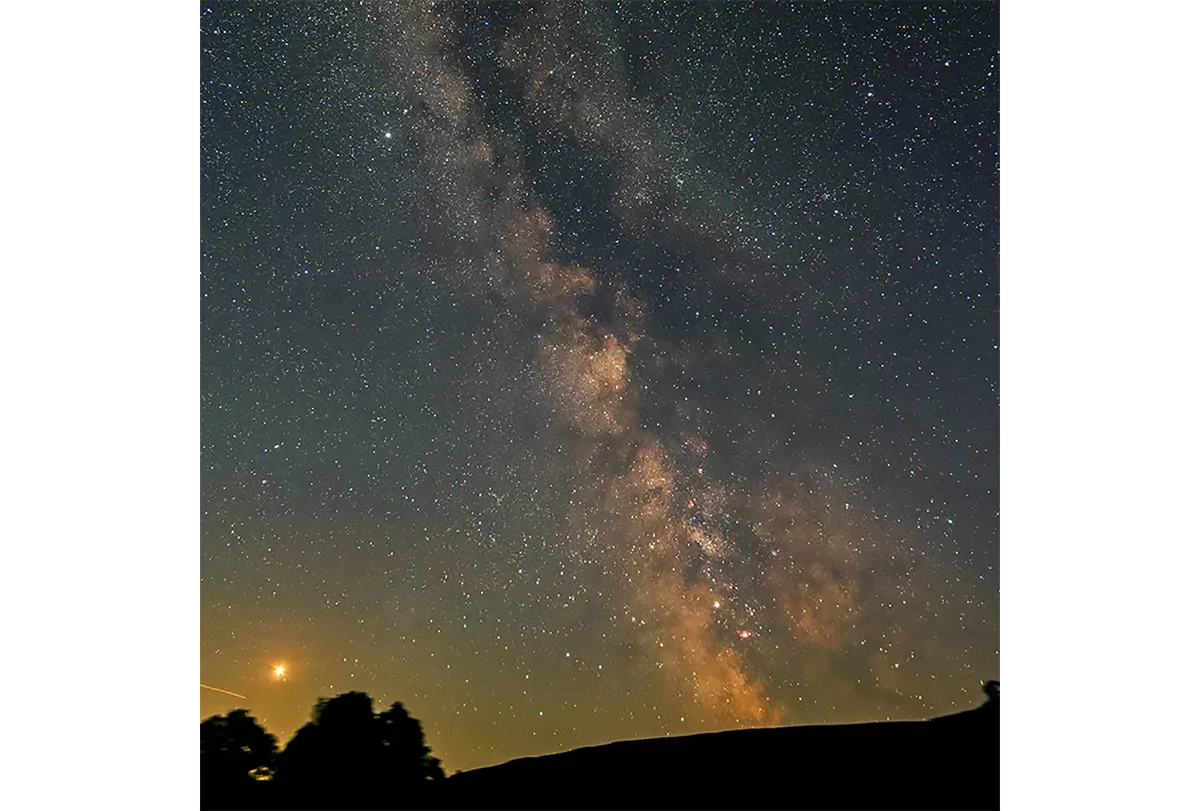
As an example, the entire BBNP is very dark with stars down to a Naked Eye Limiting Magnitude (NELM) of 6.41 visible in the darker areas and an average NELM of 6.13 visible across the whole of the park, according to Sky Quality Meter readings.
To facilitate astronomy in the park, the Brecon Beacons National Park Authority (BBNPA) and myself funded a small observatory as a focal point for astronomy and tourism.
The observatory is located within the grounds of the national park visitor centre, which receives almost 1 million visitors a year.
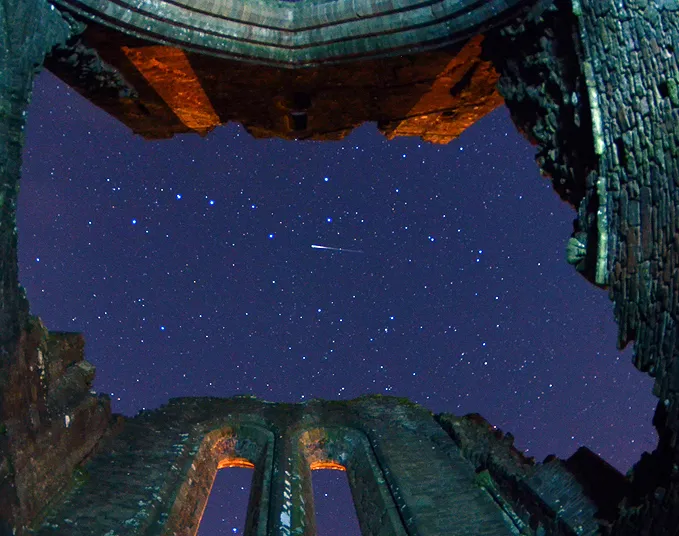
Having the observatory housed in the grounds also enables visitors to use the lecture theatre in the visitor centre and have access to a warm room so that if weather is inclement, other activities can take place.
The observatory was commissioned and saw first light in October 2014. The dome contains a 30cm f5 reflector telescope with a piggybacked 130mm f9 refractor telescope, all mounted on an EQ6 GOTO mount.
An Atik 314 camera and filter wheel with UBVRI capability is usually fitted to the main scope and auxiliary equipment such as cable releases, T mounts and adapters are available for DSLR imaging on the 130mm telescope.
Eyepieces, binoculars and a small library complete the ensemble. In 2014 I became the first director of the observatory, a volunteer position on behalf of the BBNPA.

Activities in the Brecon Beacons Dark Sky Reserve
In Wales we are now fortunate enough to have a string of dark sky reserves and parks stretching from mid to north Wales, which enjoy some of the darkest skies in Europe.
Events at the BBNP are facilitated by Dark Sky Wales, which surveys darkness in the park and records annual surveys for so improvements can be noted or educational work can be done to inform the public of the wonders of the pristine dark skies here.
Since the granting of the IDA status in 2013, Dark Sky Wales and myself have welcomed over 25,000 visitors who have enjoyed lectures, observing sessions, astrophotography workshops, dark-sky awareness and training as dark sky ambassadors, who then promote the Brecon Beacons as a location for astronomy.
Twice a year astronomers hold the well-attended Astrocamp at the village of Cwmdu, within the park boundaries, which features dark skies as an excellent location to observe and image objects.
Over 120 people attend each twice yearly session and many come back time and time again, helping to spread the word about the dark skies within the park.
Each season, the Brecon Beacons park authority hold open nights where a carousel of activities welcomes 120 attendees who enjoy observing and photography, lectures and workshops on how to set up a telescope and simple nightscape and meteor astrophotography.
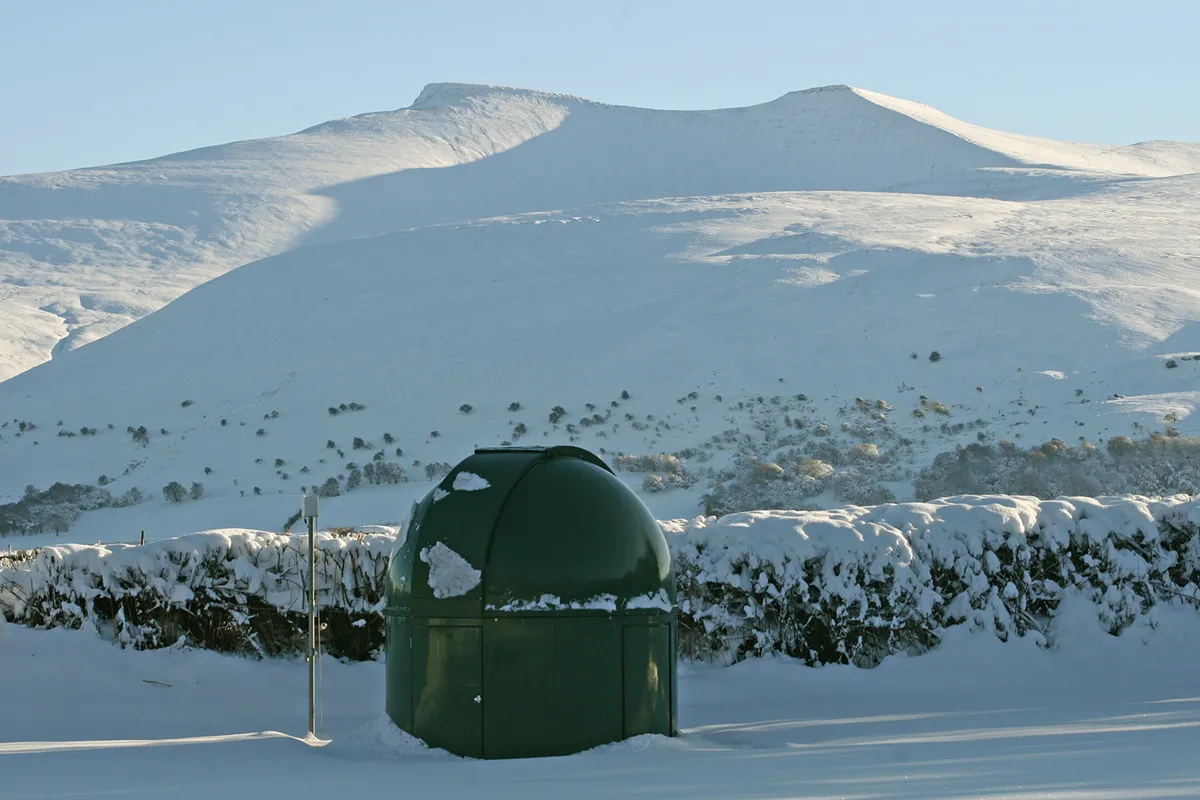
We also host twice-yearly open evenings with Cardiff astronomical society, observing meteor showers such as the Perseid meteor shower and the Geminid meteor shower, bringing a thousand visitors to the park including from as far away as Japan, the US and New Zealand.
Dark Sky Wales also run astronomical events on a weekly basis within the park, featuring stargazing, lectures, couples evenings (where a few have proposed to their partners under the stars!) and talks on Celtic mythology out under the canopy of night.
Dark Sky Wales also has a mobile planetarium that has been used in public activities and to assist education within primary and secondary schools.
Usk astronomical society too has a mobile planetarium, which has also been used for public events and for school shows.
Scout and Brownie groups have been assisted to gain their astronomy badges through initiatives by Dark Sky Wales, Abergavenny and Usk astronomical societies.
On the southern fringes of the BBNP, Heads of the Valleys Astronomical Society has run conventions over the years featuring talks, stalls, observing and lots more to encourage interest in astronomy.
All 3 societies and Dark Sky Wales have generated a huge amount of interest in the BBNP as an area of outstanding natural beauty and outstanding night skies.
To encourage interest in events and general astronomy, I set up a Facebook account for the observatory in order to post events, updates and pictures taken at the site.
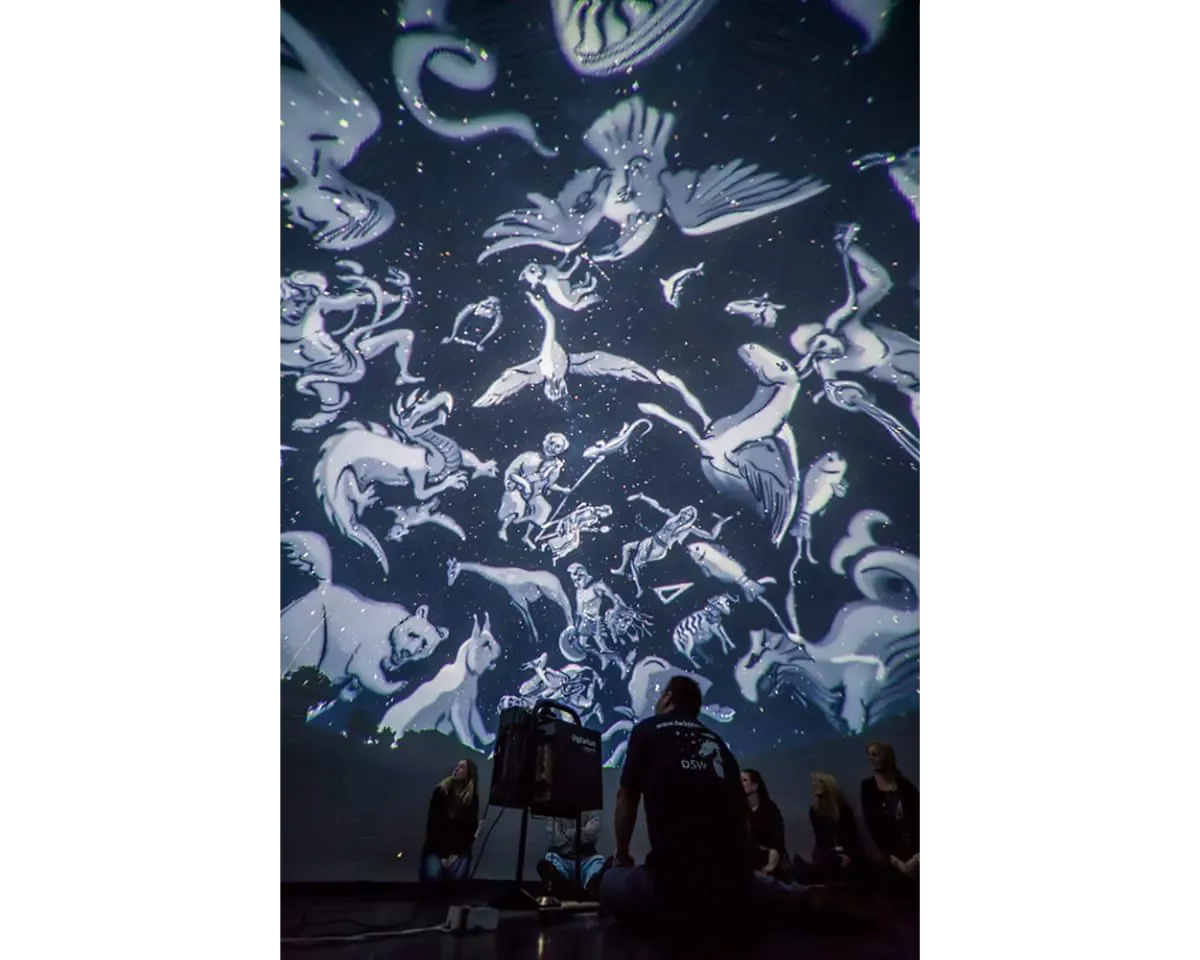
Activities in Welsh Dark Sky Reserves
I have also been involved in assisting and surveying the night sky in other areas of Wales. Working alongside Dark Sky Wales, we have surveyed the island of Anglesey and the Clwydian area of outstanding natural beauty in north Wales with a view to them gaining dark sky status too, and work in this area is ongoing.
We have led observing sessions, planetarium shows, business training, lecture tours and astrophotography workshops in Snowdonia and Anglesey bringing the beauty of the night skies to audiences across Wales and in some of its darkest areas.
One of these, the Elan Valley, has seen Dark Sky Wales run observations and planetarium workshops as part of public education across Wales, opening up opportunities for business and tourism to engage with astronomers and the curious public.
The Brecon Beacons National Park website details the best areas to observe in the region, and Dark Sky Wales has been involved in public activities and consultations with Pembroke Coast national park about IDA status and has created several Dark Sky Discovery sites across Pembrokeshire.
Astronomical societies in north and south Wales feature various outreach programmes and observing sessions so that the public can enjoy the night skies of the varied International Dark Sky Reserves across the country.
The great majority of visitors vary in expertise from total novices to experienced astronomers and astrophotographers.
I find that everyone at some point in their lives has wondered “what is up there?” and has a desire to learn a little more, even if only sate their curiosity just this once, let alone go on to study the skies as amateurs or professionals.
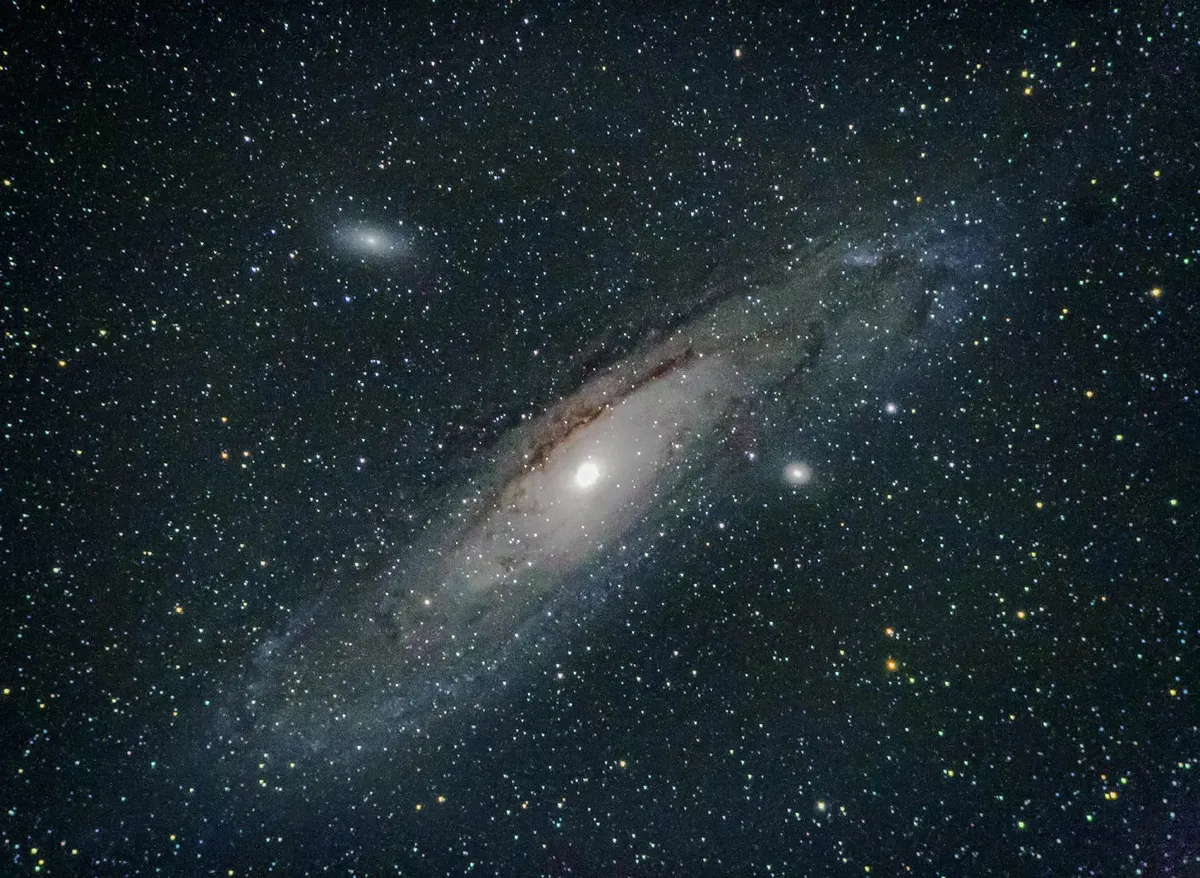
So what can you see?
Firm favourites over the years have been the nebulae of the winter and summer Milky Way; star clusters such as the double cluster in Perseus and the winter Messier clusters and galaxies such as M81 and M82, M31, M64 and the Leo triplet.
Once visitors have an understanding of what each object is, what they are composed of and at what distances they lie, this adds to the experience and the awe felt when seeing these objects for the first time.
Simply seeing the Milky Way is something that many visitors experience for the first time.
It has to be remembered that most people come from urban areas and the light pollution of modern towns and cities drowns out the best features of the sky, leaving only the brightest objects visible.
Many's a time we have seen people astounded by the sight of our home Galaxy stretching from northern to southern horizon, as the Milky Way glows beautifully in the late summer sky.
In dark sky reserves, fainter stars can be seen and the constellations shine out in all their glory, away from the confusion of artificial lights.
Deep-sky objects such as nebulae and star clusters show much more detail, while galaxies also come into their own as distant smudges of light in which quite a number begin to show structure.
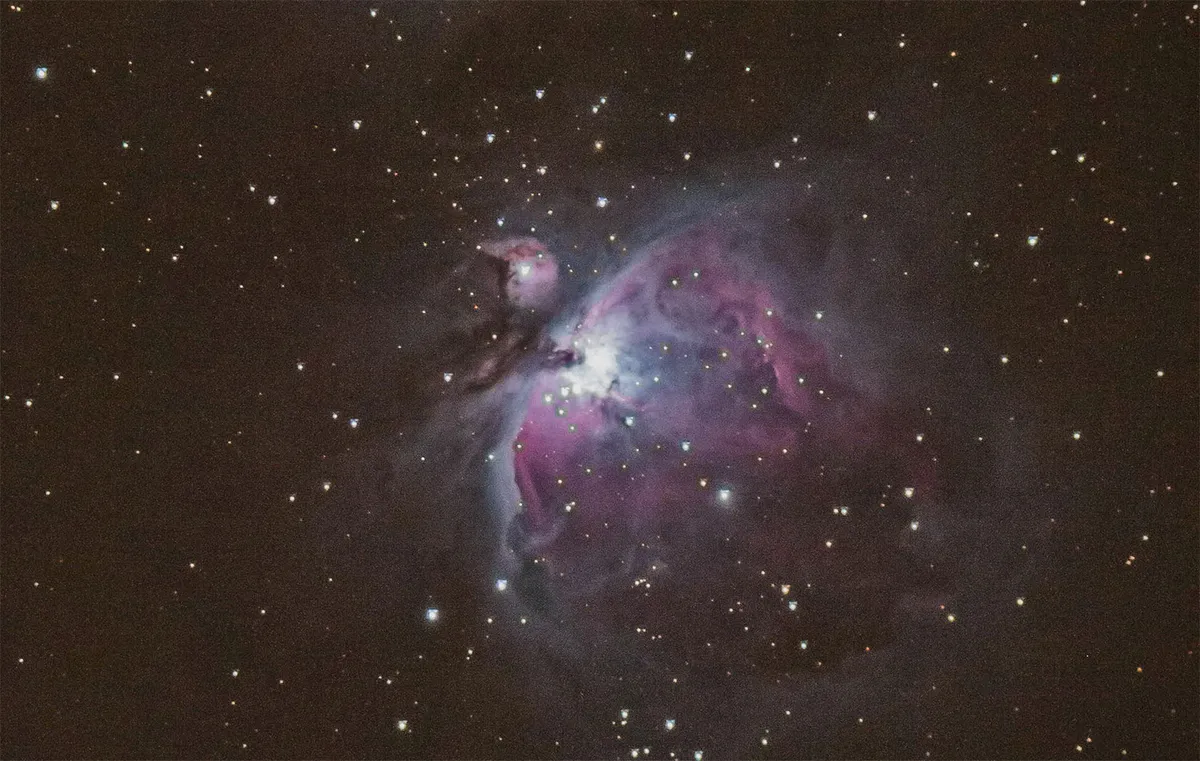
The dark lanes of Messier 31, the gasses across the nucleus of M82 and the nebulae of the pinwheel galaxy M33 all can be seen using minimal equipment.
Planets are spectacularly bright and are beacons in the darkness that immediately draw the eye.
Details visible on Jupiter, Saturn and Mars all stand out better for the darkness whilst the Moon is incredibly bright, lighting up the landscape almost like it's daylight.
Faint comets gain better attention for being under darker, less light-polluted skies and satellites are more noticeable as moving points of light, are remarked upon by most visitors.
Even the aurora can be seen when the conditions are right and they have been recorded in Wales’s dark sky reserves many times.
The zodiacal light can be a visible band of light arcing up from the horizon. In addition to all this, you are surrounded by some of the most spectacular landscapes in the UK with lots of activities on offer during the daytime.
The dark sky reserves of Wales offer a wonderful opportunity to explore the skies and enjoy the landscape.
Thanks to the dedicated work of individuals, astronomical societies, Dark Sky Wales and local businesses, if you want to enjoy the night sky in all its splendour, come and pay us a visit.
For more info, visit the Brecon Beacons National Park website.
Martin Griffiths is a former lecturer and science communicator at the University of South Wales, and is now Director of Brecon Beacons Observatory and a science presenter with Dark Sky Wales.